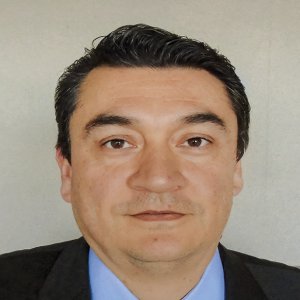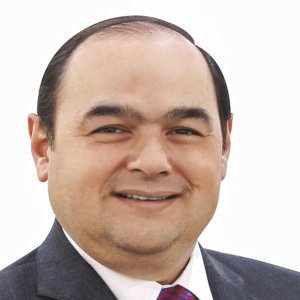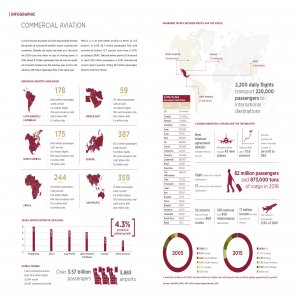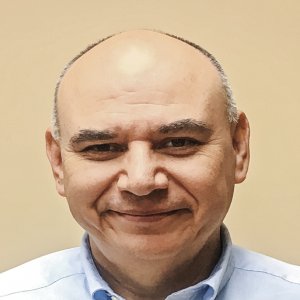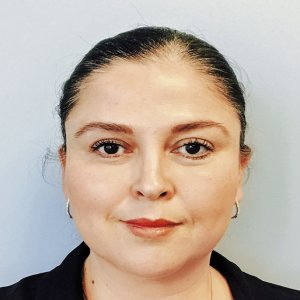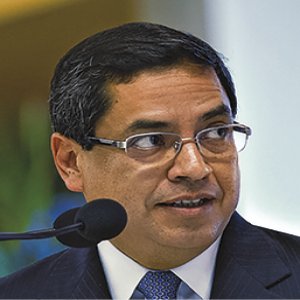Opportunity for Research Centers to Fill Supply Gap

STORY INLINE POST
Queretaro’s aerospace sector requires a stronger supply value network to continue developing. R&D centers have a huge opportunity to help prop up the supply chain with a range of services, from training much-needed professionals to providing technological support, says Gabriel Siade, General Director of the R&D Center for Electrochemistry (CIDETEQ).
“By 2020 the global aerospace sector is expected to grow to US$300 billion,” says Siade. Sensing an opportunity, Queretaro began heavily investing in the aerospace sector over a decade ago and that investment has paid off. “For this year, Queretaro had 51 aerospace companies and five public and three private research centers,” he says. CIDETEQ complements Queretaro’s manufacturing sector by providing a series of services with capabilities unique to the institution. It trains highly qualified professionals, supports local companies by delivering water-treatment plants and collaborates with major businesses such as Safran and Bombardier on the development of their research programs.
The center works closely with most manufacturing industries in Queretaro. Starting with the metal-mechanics segment, it easily transitioned to automotive and is now turning its attention to aerospace. “The aerospace industry is the fastest-growing in Queretaro,” says Siade. The services it offers aerospace companies include chemical analysis, aluminum anodizing and corrosion and surface characterization, all in line with the sector’s strict standards. “For safety reasons, this industry is extremely stringent in terms of testing. Our tests comply with Bombardier’s and Safran’s requirements and we also provide tests to other suppliers,” says Siade. “CIDETEQ can perform unique services in Mexico. For instance, the center has equipment that can quickly go from -70°C to room temperature, which allows us to measure the behavior of parts in extreme conditions at an altitude of 10,000m.” CIDETEQ, along with six other research centers, is also part of the Center of Aeronautic Technology’s (CENTA) technological council. This project will allow optimization of resources and infrastructure for the benefit of a particular sector, in this case for aerospace.

In addition to testing and other services, CIDETEQ prioritizes education and has four post-graduate programs: two master’s and two Ph.D programs. “We have 125 students and we do not want to acquire any more until we increase our infrastructure and capabilities. Having a small number of students allows us to guarantee the high quality of their research projects,” Siade says. It has also allowed the center to maintain its high standards. In 2016, the center won five Catedras CONACYT, which are highly contested teaching positions among research centers and academic institutions in the country. Over 80 percent of CIDETEQ’s graduates are employed in research centers, universities and private companies, he adds.
CIDETEQ’s students and researchers are involved in many different projects, including material treatments to increase hardness, film deposition to change the materials’ hardness and resistance to impact, transformation of organic waste into energy and water treatment through biological means and through purification systems. Mexican research centers can support the country’s supply chain if not major OEMs, Siade says. “It would be hard for Mexican research centers to innovate in materials for major OEMs, which are backed by many scientists and years of research. Where Mexican research centers can participate is in the research and development of smaller parts, such as small systems and harnesses. The research in Mexico can help suppliers and maintenance centers.”
One of the center’s main strengths, Siade says, is the design of water-treatment plants for private companies. CIDETEQ designed such a plant for Safran Aircraft Engine Services America, which required a MX$9.9 million (US$52,000) investment. It can recover up to 95 percent of residual water. To design these plants, CIDETEQ does a comprehensive analysis of the processes and technical characteristics of each company. “The existing water-treatment plant for Safran’s landing gears’ facility is extremely different from the one we built for Safran Aircraft Engine Services. For instance, the first is designed to recycle cadmium, an extremely expensive metal,” says Siade. The main advantages of these water-treatment plants are that they allow water to be reused within the plant or it can be safely released into the environment, unlike previous measures that required the permanent storage of residue. “For a company the size of Safran, storing these residues would cost approximately MX$5 million (US$26,000) per year. The new plant allows the possibility to entirely eliminate this cost.”
While the benefits of R&D for the development of Mexico’s manufacturing sector might seem evident, the country still has miles to go. “Major research advances come from countries where there is research continuity. Mexico’s research support programs must start over every six years because of presidential elections, which is a setback,” says Siade. CONACYT is launching a proposal to break these six-year cycles and expand them to eight years. “While some projects can take a short time, true innovation takes years and years. Furthermore, Mexico needs greater research participation from private institutions. In most developed countries, 70 percent of research is funded by private institutions and the rest by the government. In Mexico, it is the other way around.” The current administration has mandated that 1 percent of GDP should go toward research but in 2016 the country invested only 0.57 percent.
CONACYT’s budget was also decreased by 27 percent in May 2017, which hit most projects, with the exception of scholarships and the National Researcher System (SNI). “This limited the number of projects we could initiate in 2017,” says Siade. However, the center has a strategy to turn this around. “As an R&D center, we are able to increase our service offering to the private sector and generate resources.”
